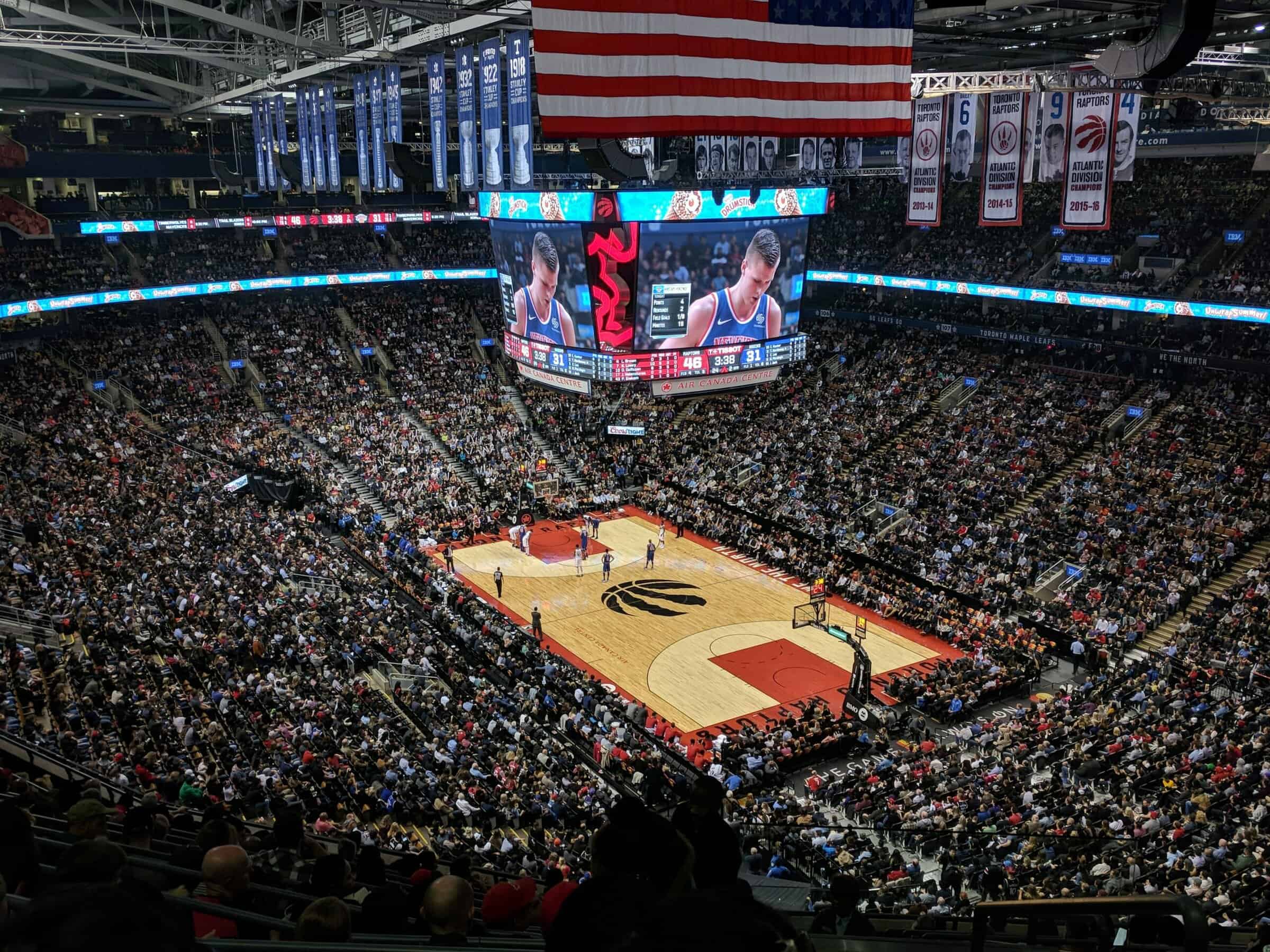Trends in Sports Marketing for 2023

The world of sports and its fans has transformed in recent years. Sports has moved toward a more immersive experience by taking advantage of all social and technological platforms. Fan expectations have changed, and they engage all year round, even after the season ends. Here are the latest sports marketing trends for 2023.
Increased Fan Engagement, All Year Long
Sports marketers are working to provide a full-year fan experience instead of only during a season. Previously, even the most diehard fans put away their jerseys and focused on another sport or pastime during the off-season. Digital marketing, a key sports marketing trend, allows fans to participate in the sport all year long.
Teams can reach fans from their mobile devices at all times, no matter where they are or what other sport they are watching. Marketing teams must keep this in mind and create intriguing content that will thrill fans, such as voice messages from top players, selected replays, draft updates, and player statistics in real time.
Continued Growth of eSports
eSports will continue to grow in 2023, with these virtual gamers hitting new popularity heights. By 2024, the number of eSport enthusiasts is expected to reach 500 million globally. eSports will gain an even bigger profile this summer, thanks to the International Olympic Committee (IOC), which announced the first Olympic eSports Week will begin on June 22 in Singapore. If marketers want to reach younger audiences such as hard-to-reach Millenials, Gen-Z, and Gen-A, marketers should keep eSports in mind which has the potential to be a great avenue for reaching these lucrative population segments.
Some of the most popular eSport games going into 2023 are Counter-Strike: Global Offensive, A League of Legends, and Fortnite. Although the popularity of these games shifts frequently, these three should remain a force during the coming year, retaining a substantial online viewing audience and active game players.
First-Party Data Ownership
While this isn’t new information, the key to fan engagement is primary data. To increase reach, profits, and customer loyalty venues and rights holders are looking for more access to global fan bases. Investors want to tap the revenue power of these fan bases by communicating directly with individuals using the connections teams already have.
A good example is Real Madrid football club, which has over 272 million fans. If the team has permission to contact even a quarter of that number, marketing partnerships would be wildly successful. Of course, some teams have less direct access to their fan base. FC Barcelona reported having 350 million fans but admitted they have consent to speak to only 1% of that number. The potential is certainly there, but data ownership needs to be more adequately utilized.
More One-Time Sporting Events
Some sports fans only enjoy following a team for part of the season. They prefer emotionally investing in “one-off” events that happen once or twice a year. These can be annual or semi-annual games or matches that attract an interested but not passionate crowd.
This year, the National Football League (NFL) hosted five games in London, which gave casual UK fans a chance to experience American football live. One-off events such as this grow people’s interest by giving them an engaging run-up to the games and delivering a quality experience. Since the advent of these “across the pond games,” UK citizens have demonstrated more significant interest in American football.
This strategy can work for high-profile golfing matchups, boxing bouts, and exhibition baseball. People do not become diehard sports fans immediately, but long-term, single-event competitions help to grow a sports brand, and sports marketers get a chance to create an immersive experience that wows attendees.
Mobile First Experiences
A significant trend impacting how people consume and engage with sports is the on-demand accessibility of mobile devices. In the past, when marketers wanted to reach the sports-viewing audience, they focused on major network broadcasts. Nowadays, tv isn’t the only way people view sports. Marketers need to have a mobile-first mentality. Fans use their smartphones to stream on the go, watch it while viewing live Tweets or Reddit threads, and watch a different game while watching another event on their TV.
Second-screen viewing is becoming ubiquitous. Statistics show that 77% of viewers now watch TV with another screen nearby, whether a smartphone or laptop. Sometimes the second screen is used to communicate with friends and family about the game, creating a watch party. It’s a virtual tailgate.
Sports marketers should keep this sports-viewing trend in mind and alter their digital strategies to be compatible and accessible on any device.
Marketing With a Purpose
Sports organizations are creating campaigns that promote a cause and give fans a more personal connection to teams. The NFL’s My Cause, My Cleats campaign is an excellent example of how it promotes charitable causes and raises awareness. The players wear custom-designed cleats that promote their favorite causes. Players can donate their cleats to an NFL auction where 100% of the proceeds will go towards their cause of choice. For instance, Patrick Mahomes wears cleats that feature the Boys and Girls Clubs of America. This promotion is an excellent way to raise nationwide awareness of worthy causes and shed light on a more personal side of sports teams fans typically don’t see while leveraging their large audiences.
Gatorade has taken a similar tack with its Fuel Tomorrow campaign, which helps provide access to community programs and sports facilities for today’s youth. It also works to train coaches to be more inclusive while focusing on character development and personal well-being.
Final Thoughts
The sports world is adapting to evolving technology and meeting fans’ expectations as the way they engage with sports changes. New technology allows marketers to reach fans in more ways than imagined which calls for a mobile-first mentality as fans engage with their teams during, before, and after the season. Sports marketing trends in 2023 will test the industry’s ability to keep up with the changing landscape and keep fans engaged and informed on whichever device they choose.





